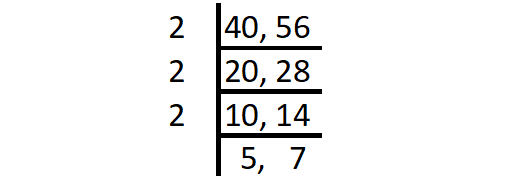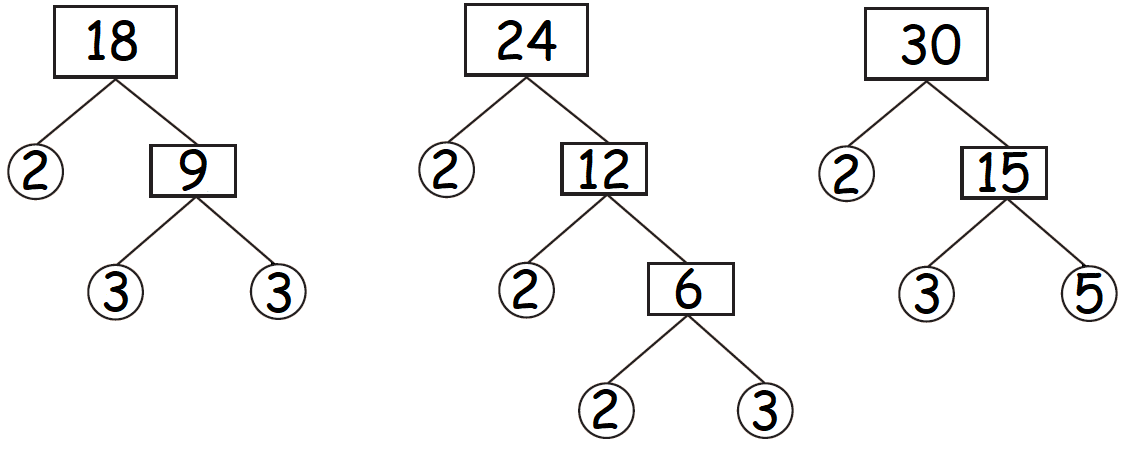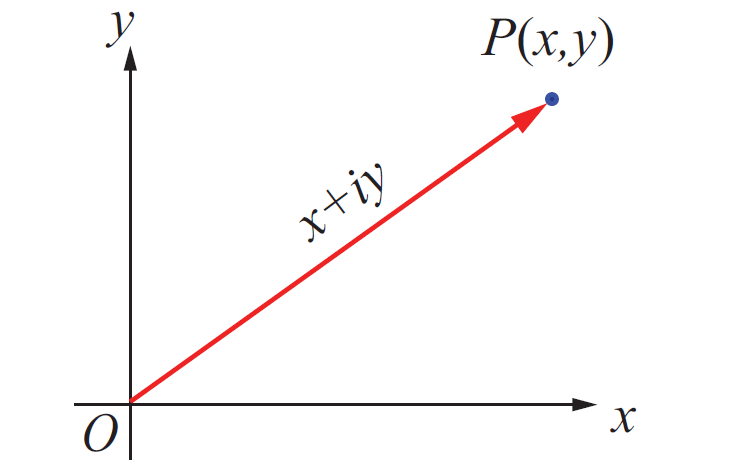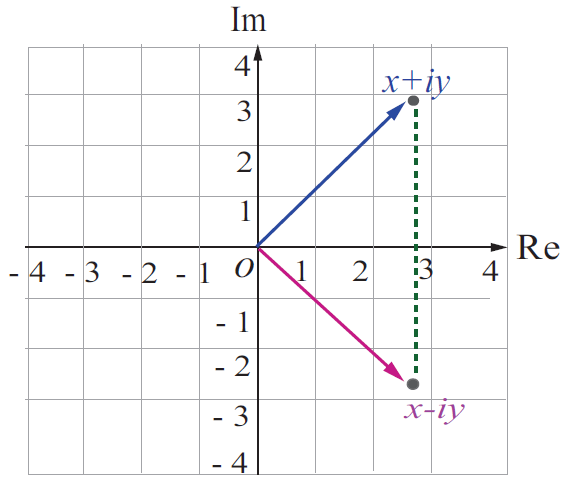GREATEST COMMON FACTOR
Consider the numbers 45 and 60. Use of divisibility tests will also help us to find the factors of 45 and 60.
The factors of 45 are
1, 3, 5, 9, 15 and 45
The factors of 60 are
1, 2, 3, 4, 5, 6, 10, 12, 15, 20, 30 and 60
Here, the common factors of 45 and 60 are
1, 3, 5 and 15
As factors of a number are finite, we can think of the Greatest Common Factor of numbers, shortly denoted as GCF.
Think about the following situation.
Consider the rods of length 8 feet and 12 feet. We have to cut these rods into pieces of equal length. How many pieces can we get ? What will be the length of the longest piece that is common for both the rods ?
The rod of 8 feet can be divided into small rods of length 1 foot or 2 feet or 4 feet (These are factors of 8). The rod of 12 feet can be divided into small rods of length 1 foot or 2 feet or 3 feet or 4 feet or 6 feet (These are factors of 12).
This is represented as follows :
First, it is possible to cut the 8 feet and 12 feet rods equally into 1 foot rods.

Number of pieces = (8, 12).
Second, it is also possible to cut the 8 feet and 12 feet rods equally into 2 feet rods.

Number of pieces = (4, 6).
Third, it is also possible to cut the 8 feet and 12 feet rods equally into 4 feet rods.

Number of pieces = (2, 3).
The length of the pieces that are common to both the rods (as given above) are of length 1 foot, 2 feet and 4 feet (i.e., common factors of 8 and 12).
Hence, the GCF of 8 and 12 is the length of the longest rod i.e., 4 feet that can be cut equally from the rods of length 8 feet and 12 feet.
So, the Greatest Common Factor (GCF) of two numbers is the greatest factor that is common to both of them. The Greatest Common Factor of the numbers x and y can be written as GCF (x,y).
Note :
● The Greatest Common Factor (GCF) is also called as the Greatest Common Divisor (GCD) or the Highest Common Factor (HCF).
● GCF (1, x) = 1.
● GCF (x, y) = x, if y is a multiple of x.
For example, GCF (3, 6) = 3.
● If the GCF of two numbers is 1, then the numbers are said to be co-primes or relatively prime.
Here, the two numbers can both be primes as (5, 7) or both can be composites as (14, 27) or one can be a prime and other a composite as (11, 12).
Finding GCF by Division Method
Example 1 :
Find the GCF of the numbers 40 and 56.
Solution :

The product of common factors of 40 and 56 is
= 2 x 2 x 2
= 8
So, GCF (40, 56) = 8
Finding GCF by Factor Tree Method
Example 2 :
Find the GCF of the numbers 18, 24 and 30.
Solution :
Find the factors of 18, 24 and 30 by factor tree method.

Let us find the factors of 18, 24 and 30 (use of divisibility test rules will also help).
The factors of 18 are 1, 2, 3, 6, 9 and 18.
The factors of 24 are 1, 2, 3, 4, 6, 8, 12 and 24.
The factors of 30 are 1, 2, 3, 5, 6, 10, 15 and 30.
The factors that are common to all the three given numbers are 1, 2, 3 and 6 of which 6 is the highest.
Hence, GCF (18, 24, 30) = 6.
Note :
1 is a trivial factor of all numbers.
Finding GCF by Prime Factorization Method
Example 3 :
Find the GCF of the numbers 36 and 48.
Solution :
Write the prime factors of 36 and 48.
36 = 2 x 2 x 3 x 3
48 = 2 x 2 x 2 x 2 x 3
The prime factors that are common to 36 and 48 are
2, 2 and 3
Product of common prime factors :
= 2 x 2 x 3
= 12
Hence, GCF (36, 48) = 12.

Apart from the stuff given above, if you need any other stuff in math, please use our google custom search here.
Kindly mail your feedback to v4formath@gmail.com
We always appreciate your feedback.
©All rights reserved. onlinemath4all.com
Recent Articles
-
First Fundamental Theorem of Calculus - Part 1
Apr 17, 24 11:27 PM
First Fundamental Theorem of Calculus - Part 1 -
Polar Form of a Complex Number
Apr 16, 24 09:28 AM
Polar Form of a Complex Number -
Conjugate of a Complex Number
Apr 15, 24 11:17 PM
Conjugate of a Complex Number

